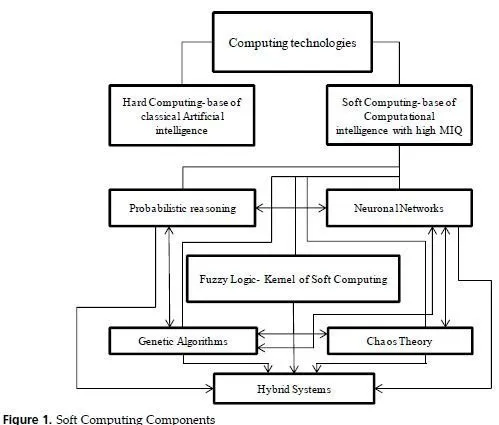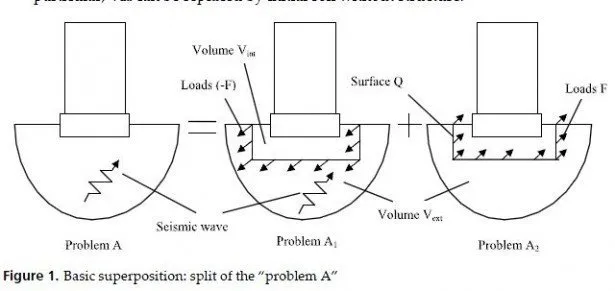The constituents of SC can be used independently (fuzzy computing, neural computing, evolutionary computing etc.), and more often in combination [36, 37, 38- 40, 41]. Based on independent use of the constituents of Soft Computing, fuzzy technology, neural technology, chaos technology and others have been recently applied as emerging technologies to both industrial and non-industrial areas.
Fuzzy logic is the leading constituent of Soft Computing. In Soft Computing, fuzzy logic plays a unique role. FL serves to provide a methodology for computing [36]. It has been successfully applied to many industrial spheres, robotics, complex decision making and diagnosis, data compression, and many other areas. To design a system processor for handling knowledge represented in a linguistic or uncertain numerical form we need a fuzzy model of the system. Fuzzy sets can be used as a universal approximator, which is very important for modeling unknown objects. If an operator cannot tell linguistically what kind of action he or she takes in a specific situation, then it is quite useful to model his/her control actions using numerical data. However, fuzzy logic in its so called pure form is not always useful for easily constructing intelligent systems. For example, when a designer does not have sufficient prior information (knowledge) about the system, development of acceptable fuzzy rule base becomes impossible. As the complexity of the system increases, it becomes difficult to specify a correct set of rules and membership functions for describing adequately the behavior of the system. Fuzzy systems also have the disadvantage of not being able to extract additional knowledge from the experience and correcting the fuzzy rules for improving the performance of the system.

Another important component of Soft Computing is neural networks. Neural networks NN
viewed as parallel computational models, are parallel fine-grained implementation of nonlinear static or dynamic systems. A very important feature of these networks is their adaptive nature, where “learning by example” replaces traditional “programming” in problems solving. Another key feature is the intrinsic parallelism that allows fast computations. Neural networks are viable computational models for a wide variety of problems including pattern classification, speech synthesis and recognition, curve fitting, approximation capability, image data compression, associative memory, and modeling and control of non-linear unknown systems [42, 43]. NN are favorably distinguished for efficiency of their computations and hardware implementations. Another advantage of NN is generalization ability, which is the ability to classify correctly new patterns. A significant disadvantage of NN is their poor interpretability. One of the main criticisms addressed to neural networks concerns their black box nature [35].
Evolutionary Computing EC is a revolutionary approach to optimization. One part of EC genetic algorithms are algorithms for global optimization. Genetic algorithms GAs are based on the mechanisms of natural selection and genetics [44]. One advantage of genetic algorithms is that they effectively implement parallel multi-criteria search. The mechanism of genetic algorithms is simple. Simplicity of operations and powerful computational effect are the two main advantages of genetic algorithms. The disadvantages are the problem of convergence and the absence of strong theoretical foundation. The requirement of coding the domain of the real variables’ into bit strings also seems to be a drawback of genetic algorithms. It should be also noted that the computational speed of genetic algorithms is low.
Because in this investigation PR and ChT are not exploited, they are not going to be explained. For the interested reader [41] is recommended. Table 1 presents the comparative characteristics of the components of Soft Computing. For each component of Soft Computing there is a specific class of problems, where the use of other components is inadequate.



